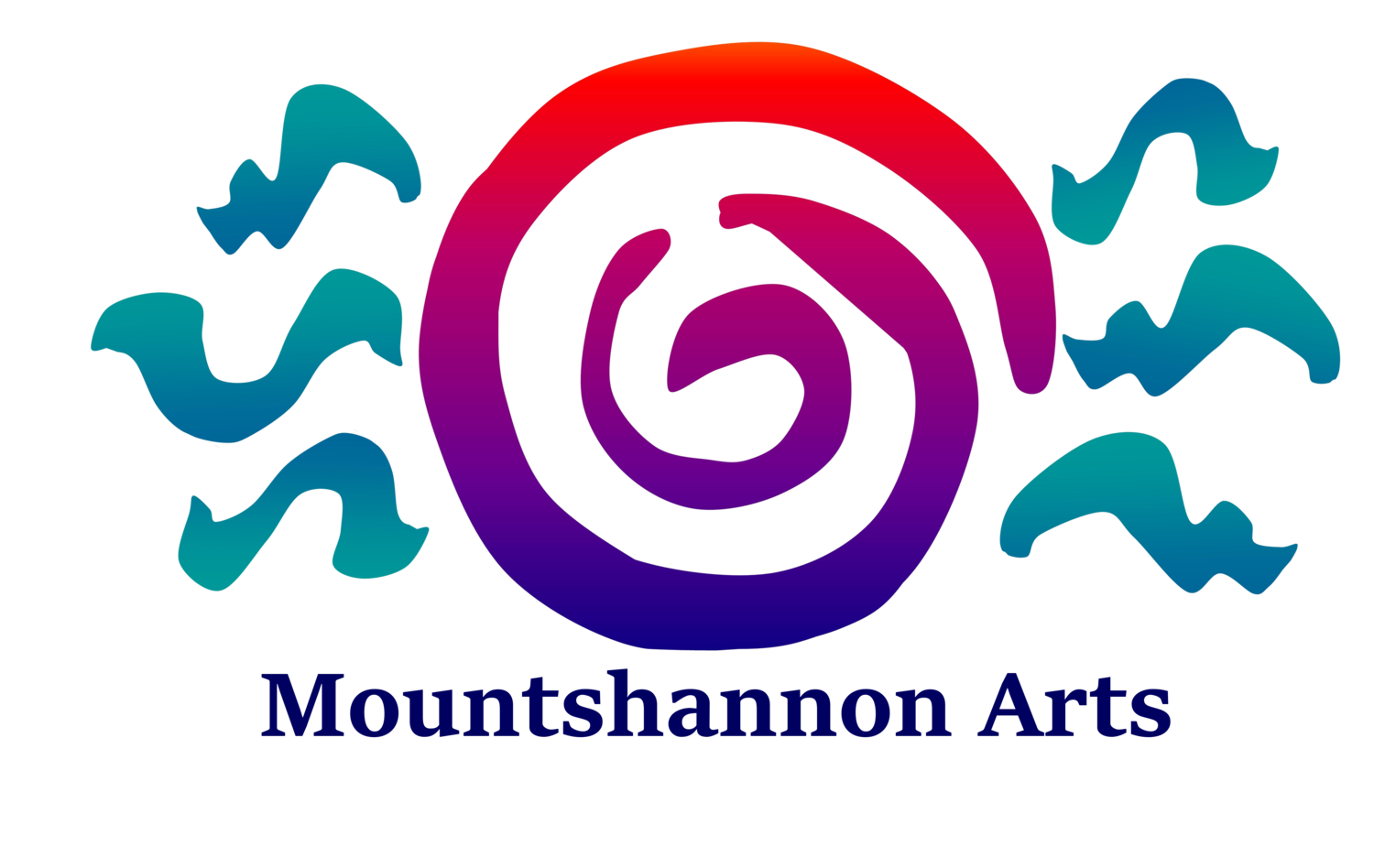
Visible Reminders of Invisible Life
The concept behind this exhibition is to explore a personal response to the collections of the Hunt Museum and Limerick Museum’s collections as the source of departure. Each artist was asked to select two works, one from the Hunt Museum and one from the Limerick Museum’s Collections (preferably with a family related theme) and form a visual or short narrative response to these objects as a point of departure.
This enlarged exhibition of twenty three artists is primarily a mixed media response to personally selected objects from the collections of the Hunt and Limerick Museums. The physical outcomes manifest themselves as emotional, spiritual and critical interpretations to the collections with a reflection on ‘The Family’ as the core theme, be this a concept, an ideal, a memory or an experienced reality. It is a development of and continuation of an ancient conversation between many parties by today’s artistic practitioners.
‘Corte Fabriano’ by Maurice Quillinan
Maruice Quillinan
All the artists have a consistent linear development throughout their artistic histories. There is a continuous renewal of ideas through a multi-layered visual discourse based on individual artistic concerns. The work varies from literal visual realism to conceptual abstraction, giving the exhibition an edgy and wide vocabulary of ideas and interpretations. The artists continually seek to keep the discourse fresh and exciting. There is nothing obvious within each individual outcome; each tells of a personal journey inspired by a selected work from both museums. Akin with Faith, it is a constantly evolving process guided by the Spirit.
I have often sat in museums and galleries and churches looking at fellow visitors and wondered ‘what are their thoughts, what confluence of life events has draw them here, or they just simply curious? Has this meditative encounter sated some elusive quandary or presented new ones?
In this exhibition ‘Visible reminders of invisible light’ we get hugely interesting (and unforeseen) insights and responses to these questions from visual artists confident of their own facilities and assessments. They practice their craft with twenty first century concepts, tools, equipment and realities, which are light years away from the hands and minds which long ago conceived the museum works. Here the artists through a multi-layered visual discourse based on individual artistic concerns, converse with and re-imagine cultural and historical narratives, such as collaged appropriation represented by and presently with historically metaphysical notions of originality and spiritual transcendence. Thus the works reflect our culture of ‘A-temporality’, defined as culturally existing in a state of simultaneity, where all historical culture is equally available for use: all eras co-existing at once, having the quality of being uninfluenced, ungoverned or unchanged by time.
Each of the twenty three artists have entered into a process of formal and contextual analysis. Formal, including the visual and physical aspects of the works, coming to an understanding of what the work is trying to accomplish through visual means. Contextual analysis, endeavouring to understand how the work expresses or shapes the experiences, ideas and values of the individuals and or groups who first commissioned the piece. The original meanings and purposes crafted by the artist, patrons and viewers / audience; as societies evolve, subsequent generations will place different interpretations because their experiences are different. We simply don’t experience an image of the crucifixion today as did someone in medieval times, but spiritually we inculcate this image as a concept through our own process of spiritual enculturation.
The work varies from literal visual realism to conceptual abstraction, giving the exhibition an edgy and wide vocabulary of ideas and interpretations, which continually strive to keep the discourse fresh and exciting. There is nothing obvious within each individual outcome; they are the embodiment of deeply personal memories, deeply felt and stored up in the new works inspired by a selected work from both museums. Making an object is like praying, with each laying down of coloured marks an embroidered story becomes ever more powerful until the work has a life sequence of its own.
Artists, akin to museums are collectors of objects, ideas, memories, shapes, colours and textures; with these tools artists tell stories. All the works including the fabric of these museums were crafted by artists, thus replacing a commission, the works gathered together are a response to a response.
Artist and Curator Maurice Quillinan studied at Limerick School of Art and Design, the Royal College of Art, London, Ecole Nationale Superieur des Beaux-Arts, Paris and the University of Limerick. Central to his art is a strong set of spiritual values which underlie his exploration of existence, using the figure as a metaphor for the metaphysical challenges we encounter. This internal dialogue manifests as layered and blurred works which suggest there are many meanings and explanations for the spiritual, psychological and physiological conundrums we experience and are, leaving no answers, only suggestions as traces of us having passed by. He has exhibited in Europe, America, Canada and in Asia; his paintings, sculptures prints and drawings are held in public and private collections of thirty four countries.
Visible Reminders of Invisible Light will be on show in two locations during the festival: Scariff Library, and Under the Oak Cafe.

